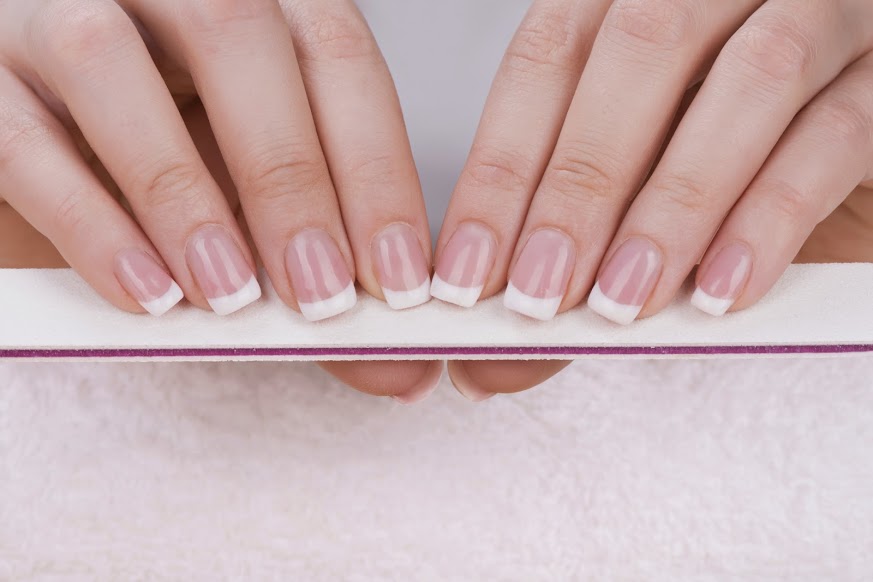
If you’re bothered by itching, flaking skin that’s accompanied by redness or blisters, eczema is the likely culprit. This common skin condition, also called dermatitis, can manifest as acute flare-ups or a long-term chronic condition. Understanding the different types of eczema can help you manage its symptoms. Here are the seven main categorizations of eczema.
1. Atopic Dermatitis
The most common form of eczema, atopic dermatitis usually affects those who also have allergies or hay fever. The rash affects the face, hands, feet, and insides of elbows and knees, and can be worsened by exposure to soap, itchy clothing, or household chemicals. It is treated with steroid creams or ointments.
2. Contact Dermatitis
Caused by exposure to an irritant that damages the skin, contact dermatitis is categorized as either irritant or allergic. Irritant dermatitis is caused by touching an irritating substance once, while allergic is caused by exposure to a substance you’re allergic to, such as nickel or wool. Moisturizers and steroid medications are usually effective.
3. Dyshidrotic Dermatitis
This type of eczema causes severe itching on the hands and feet that leads to blisters and cracking. It has no known cause and can become chronic. Cold compresses and steroids are the first lines of treatment.
4. Nummular Dermatitis
Nummular dermatitis usually affects men in their late 50s or older and is characterized by red, coin-shaped marks on the skin. Cold, dry air and exposure to metals or chemicals often cause outbreaks, which can be treated with steroids, moisturizers, and by avoiding triggers.
5. Neurodermatitis
This rash occurs in areas that are habitually scratched, such as the back, genitals, scalp, and ears. When scratching is avoided, neurodermatitis usually resolves.
6. Seborrheic Dermatitis
The common name for seborrheic dermatitis is dandruff; it’s treated with special shampoos and in some cases, steroid lotion.
7. Stasis Dermatitis
This form of eczema occurs in those who have problems with the veins in the legs that return blood to the heart. Symptoms include weeping and crusting and can be improved with leg elevation, compression stockings, moisturizers, and steroid creams.
See your dermatologist if you’re affected by a painful or itchy rash to determine whether eczema is the culprit and to find the best treatment option. Schedule your appointment online with The Dermatology Clinic.
